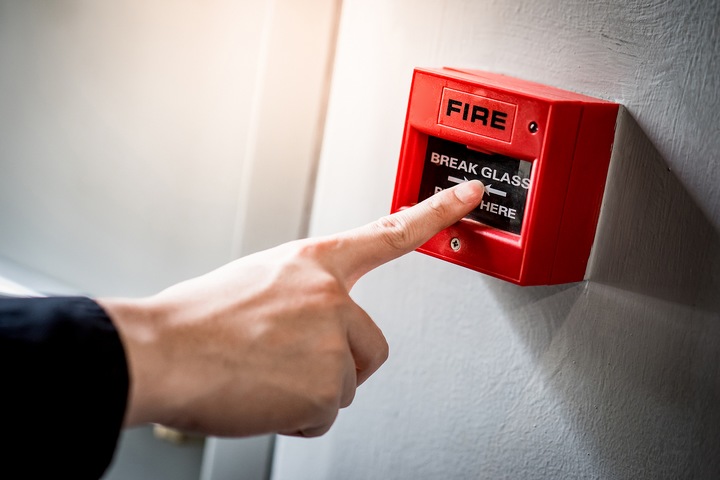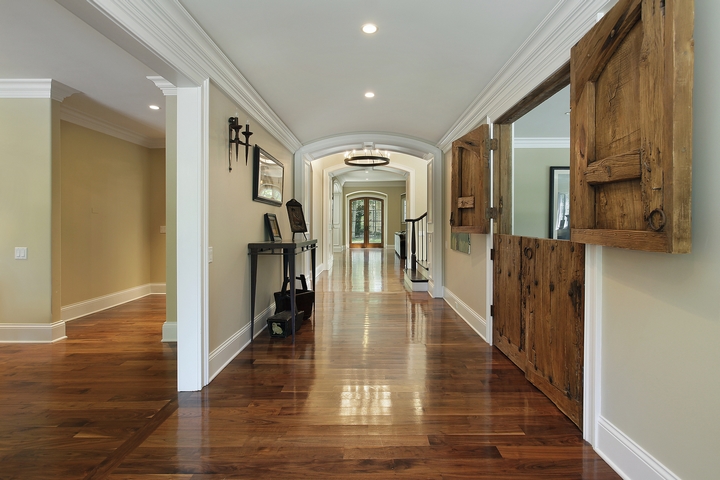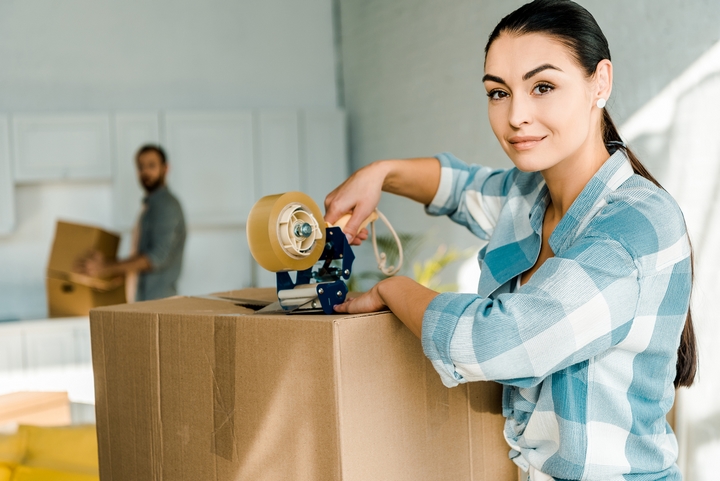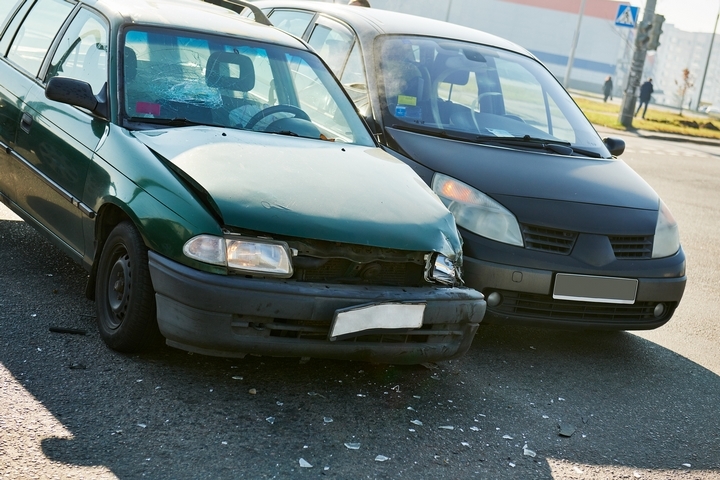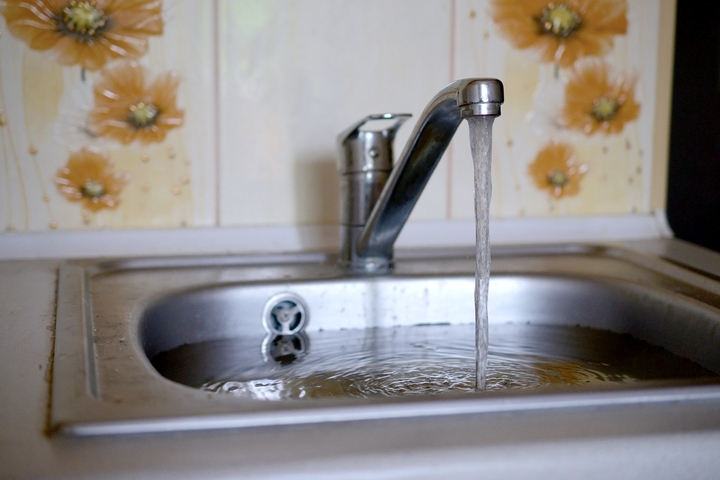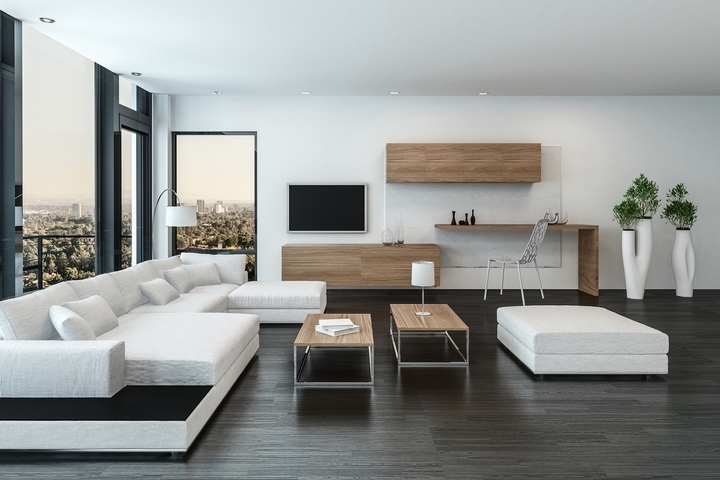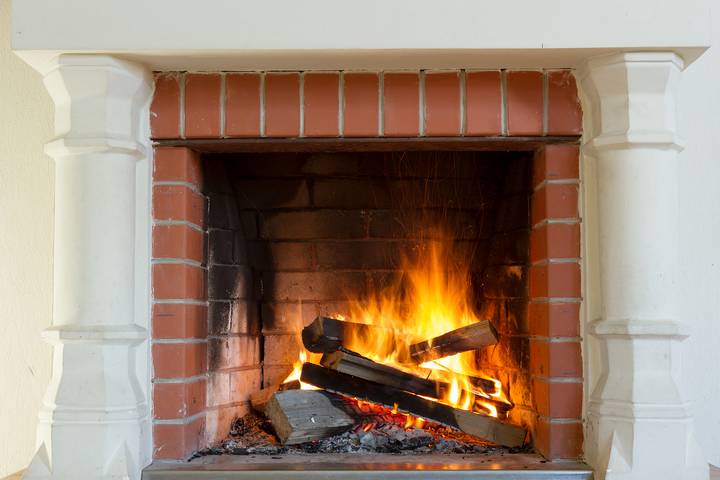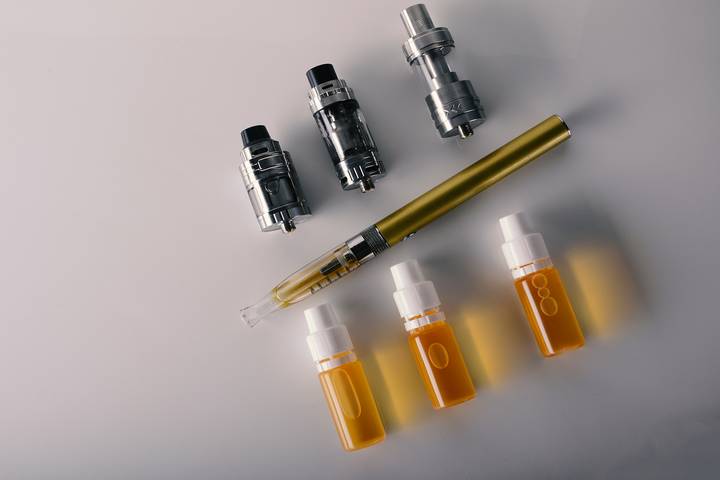With the incoming cold weather and foreseeable nights in, there is no doubt a need to use your wood-burning fireplace if you have one. We love the aesthetic: the crackling of the fire, the scent of burnt wood, and the coziness that ties family and friends together. Burning wood makes others feel at home; however, at the end of the day, we want to ensure this is done safely!
One mistake and your whole house could be filled with smoke or spark fire. Thus, we could not express just how important knowing how to operate a fireplace safely is. Every step, from your fireplace’s installation and safety check to its operation and maintenance, requires safety knowledge. It is not something to overlook!
Whether you use your fireplace daily or it is your first time operating one, it is always important to keep safety in mind! As such, everyone from newbies to seasoned veterans can benefit from a read-through of our safety tips regarding wood fireplaces!
Keep going to discover how you can stay warm and safe during the cold weather!
Safety checks, cleaning, and preparation
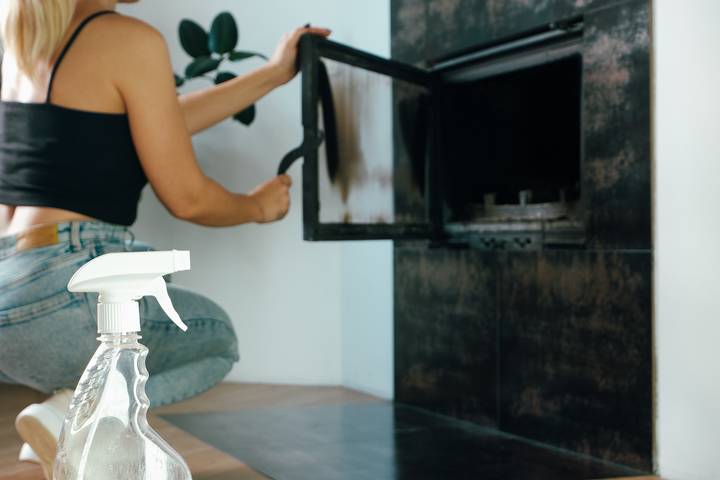
First, you must prepare the area and ensure the safety protocols are followed carefully. First, ensure that your chimneys are swept annually before winter to remove debris. You also want to ensure that all ashes are swept from the firebox because you start adding wood to the pile.
To begin your safety check, make sure you have a wire-mesh cap covering the top of the chimney to keep small animals, rain, and debris from entering. They can also become damaged over time, so check them annually to search for rust or damage. The next step is ensuring the damper in your fireplace is working properly— this is essential for starting a proper fire.
Creosote is a byproduct of wood burning, and when it lingers in chimneys, it can form thick layers and start chimney fires. As such, do your annual checkups to ensure no buildup along your chimneys. Other key details to check for are overhanging tree limbs that can easily pose a fire hazard.
Further, you want to ensure a metal-mesh screen in front of the fireplace if you do not have a glass panel in between. Guards are important in preventing hot embers from escaping and damaging your home. Last but not least, check to make sure your smoke and carbon monoxide detectors are fully functioning! You never know when you may need them.
Test the wood burning fireplace
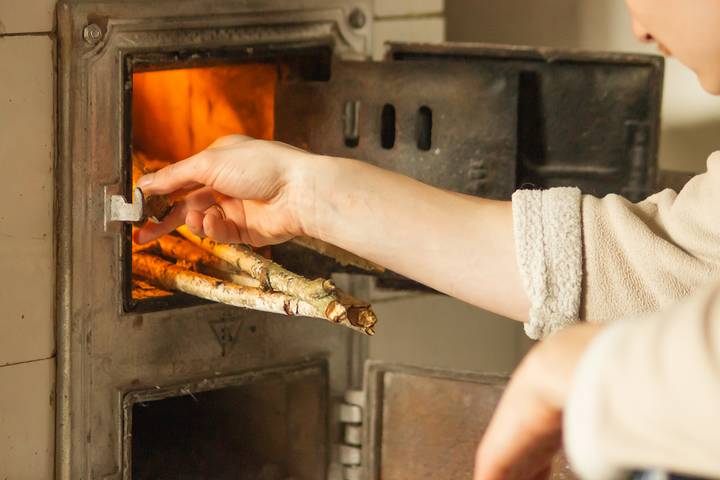
It is important to test the waters (or fire, in this case) because committing to a fully blown fireplace fire. Light some seasoned wood from the top down to test its function.
Check to ensure that the smoke exits straight from the fireplace into the chimney, avoiding entering the room. If it enters the room instead, check for debris and reevaluate. Possible issues include creosote buildup, debris, or a malfunctioning damper.
Choose the right wood
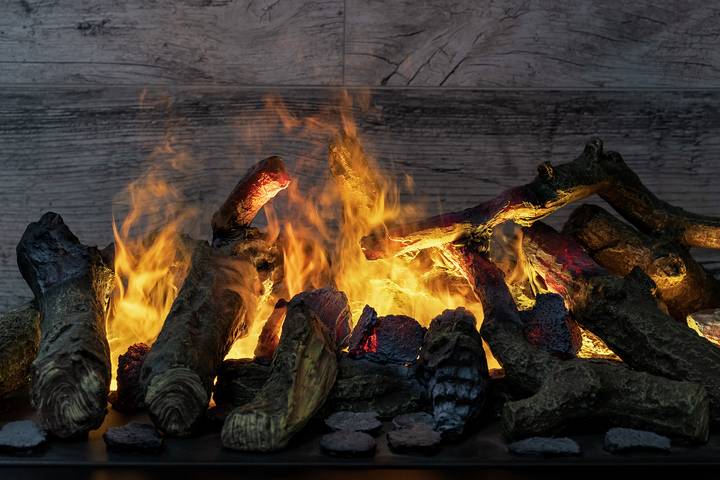
Choosing the right wood can completely change the behaviour of your fire. A dense wood, such as oak, is a perfect option; however, we do not recommend green wood, such as pine, as they often produce large amounts of creosote. Kindling is also extremely important for the fire. Various sizes are essential for building a fire exactly how you want it.
If you want less smoke and soot, ensure your wood is dry and well-seasoned. Softwoods such as cedar and pine are better for kindling as they ignite quicker than harder woods such as maple. It is also significant to note that you should never be burning trash, plastic, or anything with chemicals on it, as they can release chemicals into your home when burned.
Light the wood burning fireplace
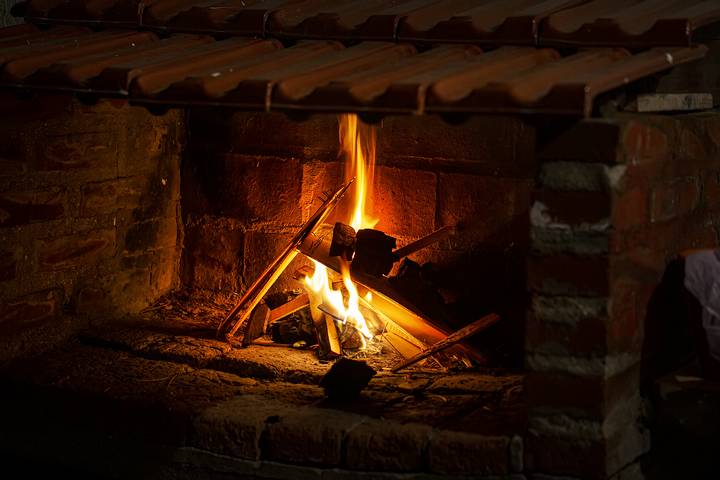
Now that the details of setting up are all said and done, it is time to know how to operate your fireplace safely. We suggest using the top-down method for building a fire as it produces less smoke and requires less supervision throughout the burn.
To do this, start wearing appropriate fireplace gloves and grabbing a metal poker. Next, place the large wood pieces at the bottom in a singular row, perpendicular to the fireplace opening. Stack the medium pieces on top and create four to five rows, placing them in alternating directions. Ensure the pile does not rise more than half the height of the fireplace.
Finally, add your smallest pieces. Light the stack with a match and close the damper once the fire is completely out. We recommend running the ceiling farm to redirect warm air!
